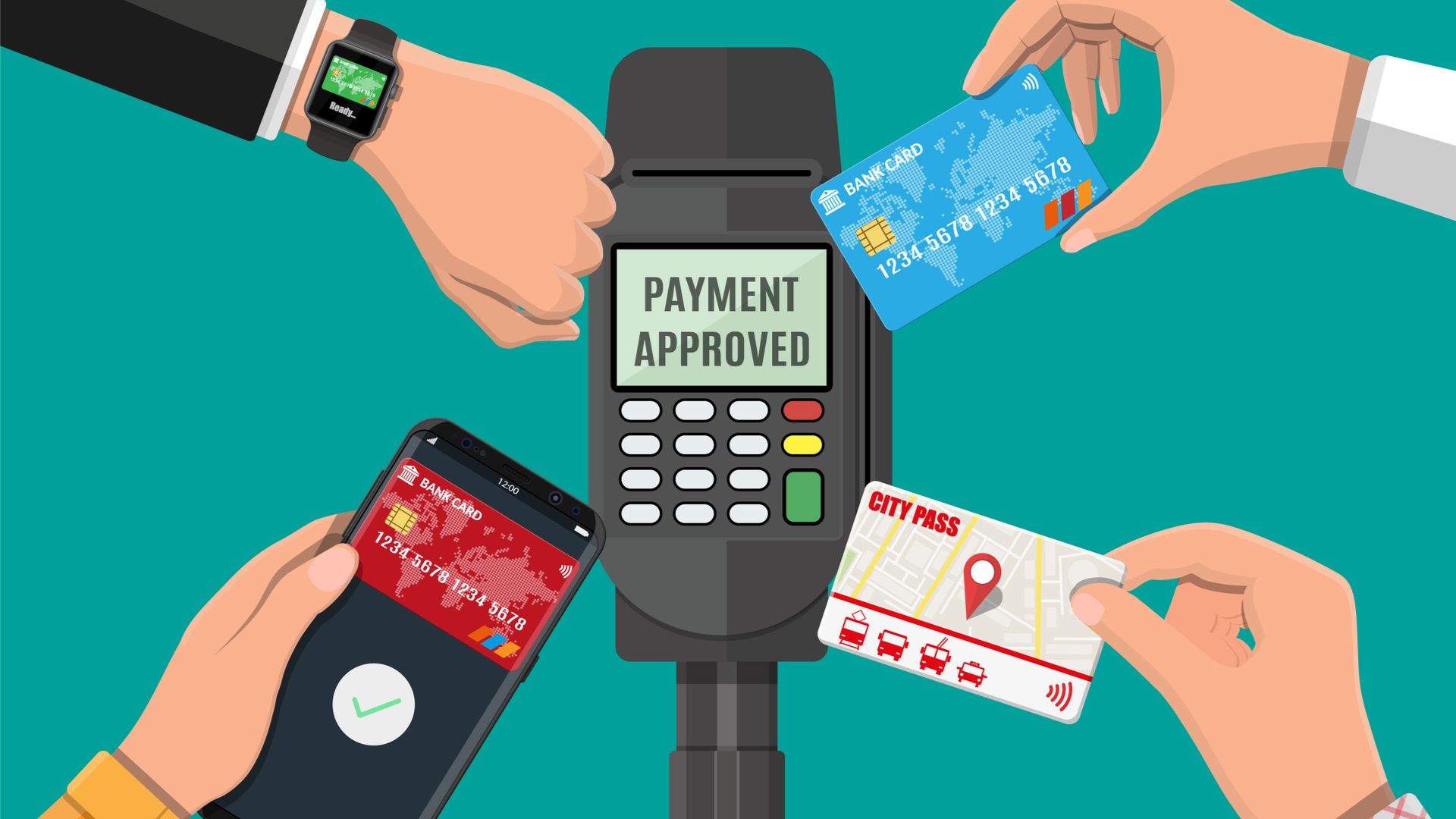As fintech firms scale up in both influence and market share, the conversation around sustainability is shifting from optional enhancement to strategic imperative. Financial technology companies are increasingly exploring how product design can reflect environmental responsibility without sacrificing innovation, performance, or customer value.
In 2025, this balance is coming into sharper focus. Consumers expect transparency around sustainability, investors are directing capital toward greener business models, and regulators are beginning to demand accountability. In this environment, sustainable product design is becoming an indicator of future resilience and relevance.
The Rise of Green Fintech. A New Standard in Innovation.
Green fintech refers to the fusion of environmentally conscious practices with financial services technology. It covers everything from apps that track carbon emissions of purchases to digital lending tools that incentivize energy-efficient home upgrades.
Some startups are developing APIs that allow banks and card issuers to calculate and disclose the environmental impact of consumer spending. Meanwhile, other are designing portfolios that prioritize companies with lower environmental footprints.
For fintechs, this is no longer about positioning. It’s about maintaining competitive relevance. Eco-conscious consumers, especially Millennials and Gen Z, want to know that the platforms they use are aligned with their values.
Design Strategies. Embedding Sustainability at the Core.
To integrate sustainability effectively, companies need to embed environmental considerations at each stage of the product lifecycle. This includes:
- Product Conception and R&D: Incorporating sustainability metrics from the earliest design phases ensures that environmental impact is considered alongside performance and user needs.
- Digital Infrastructure Optimization: Leveraging cloud-native architecture can reduce dependence on high-energy data centers. Choosing cloud providers that use renewable energy further amplifies this benefit.
- Minimalist and Purposeful Design: Reducing redundancy and designing intuitive user experiences improves performance and can lower processing demands—translating to lower energy usage.
- Eco-Friendly Materials: For physical fintech products like payment cards or biometric hardware, companies are beginning to shift toward recyclable, biodegradable, or upcycled materials.
- Behavior Nudging Features: Dashboards that showcase the sustainability of users’ financial decisions—like low-carbon investments or paperless billing—can reinforce positive behavior and foster engagement.
Eric Hannelius, a fintech executive and payments innovation expert, views this transition as both inevitable and welcome.
“Fintech has always been about solving problems with precision and speed,” Eric Hannelius says. “Now the challenge is how to do that responsibly. Sustainability needs to be a design principle, not an add-on. Companies that treat it as an afterthought will fall behind. Those that build for longevity, transparency, and environmental performance will become the new standard-bearers.”
He points out that aligning product development with sustainability goals can also improve cost efficiency in the long run. Less wasteful infrastructure, smarter resource allocation, and ethical sourcing can drive stronger margins while enhancing brand reputation.
Leveraging Technology to Advance Sustainability.
Technology itself is a powerful enabler of sustainable product design when used intentionally. Several key innovations are shaping the path forward:
- Artificial Intelligence: AI can optimize server usage, reduce idle resource consumption, and even recommend greener user actions in real-time through adaptive interfaces.
- Blockchain for Traceability: Decentralized ledgers are being used to verify the sustainability claims of investments or supply chains, building trust in ESG-focused fintech products.
- APIs for ESG Data: As demand for Environmental, Social, and Governance (ESG) transparency increases, fintech developers are integrating APIs from third-party providers that score and track companies’ sustainability metrics.
- Data Streamlining: Aggregating and analyzing only the most essential data minimizes storage loads and processing demands—reducing energy consumption across networks.
Navigating the Challenges.
Despite the momentum, sustainable product design in fintech isn’t without hurdles. Trade-offs often arise between performance and environmental cost. For instance, AI tools can be energy-intensive if not configured for efficiency. Moreover, the availability of verified ESG data varies widely across regions, complicating product consistency.
There’s also the challenge of perception: sustainability claims must be backed by action. Greenwashing—where companies overstate their commitment—can backfire, leading to reputational damage.
To address these challenges, collaboration with environmental scientists, regulatory advisors, and ethical sourcing specialists is becoming a standard practice.
A Competitive Edge Rooted in Responsibility.
Sustainability-focused design offers fintech companies a point of differentiation in a crowded marketplace. For investors, it signals thoughtful governance. For consumers, it indicates alignment with broader societal values.
Eric Hannelius adds: “Smart sustainability in fintech doesn’t compromise growth, but enhances it. By integrating ESG thinking into product frameworks, companies open themselves up to new partnerships, deeper consumer trust, and long-term business continuity.”
Sustainable product design in fintech is evolving from trend to expectation. As environmental urgency grows and user behavior changes, companies will need to move beyond isolated green features and toward comprehensive sustainability strategies.
Fintechs that succeed in this space will be those that can deliver performance, innovation, and accountability in equal measure. The future of finance is conscientious, responsive, and built to last.











